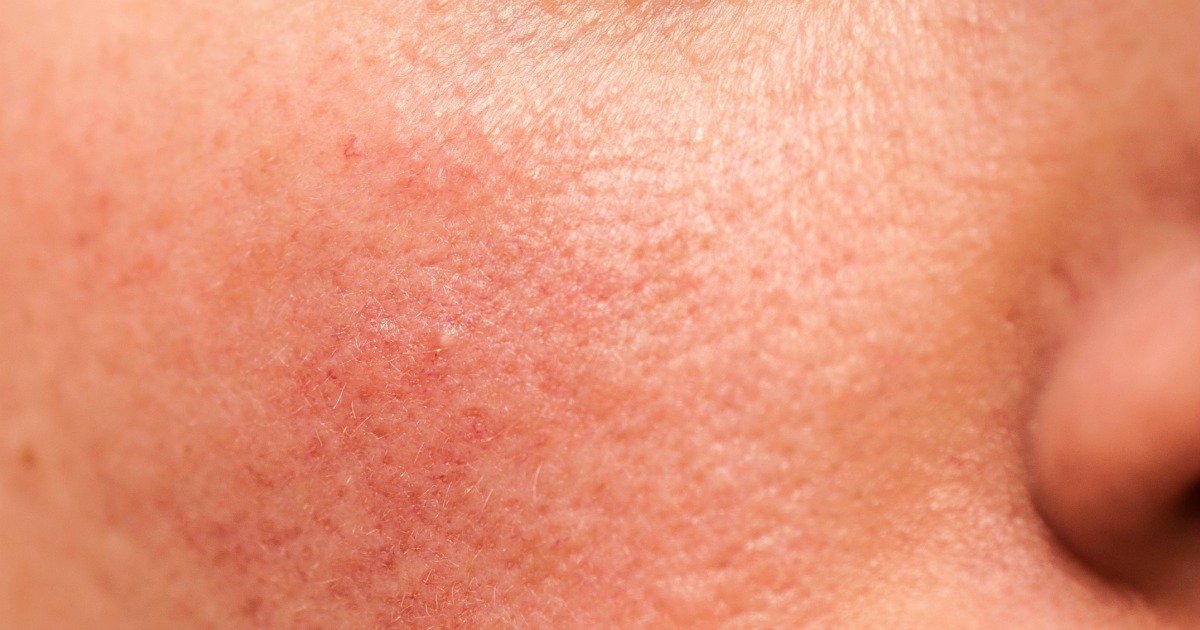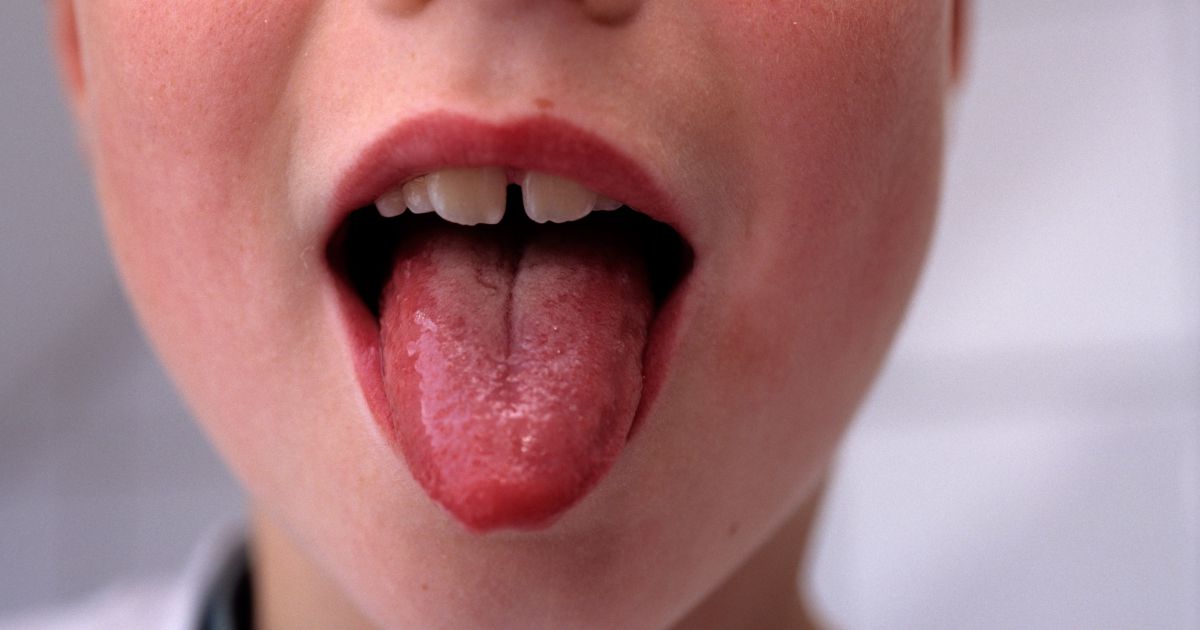Common Symptoms Of A Niacin Deficiency
Thick And Scaly Rash

A thick and scaly rash can occur when a niacin deficiency has resulted in a disease called pellagra. This disease causes dermatitis, or red, dry, swollen, and inflamed patches of skin. Niacin deficiency and pellagra manifest in the body regions and parts with the highest rates of cell turnover, like the skin. The most common sites where pellagra-derived dermatitis occurs include the lips, hands, face, and feet. This rash can also occur around the neck. Usually, the skin involved in the rash will be flaky, red, discolored, thick, cracked, scaly, crusty, and itchy.
Dermatitis associated with a niacin deficiency typically starts off looking similar to a sunburn. The rash then can form blisters or lesions depending on the severity of the individual's deficiency. Dry brown scales and crusting may form between two and four weeks after the initial appearance of the rash. This type of rash occurs symmetrically, similar to the way canker sores caused by a niacin deficiency are symmetrical. Minor areas of the rash may be further irritated by heat, pressure, friction, or sunlight and become excessively scaly and red.
Bright Red Tongue And Swollen Mouth

A niacin deficiency can manifest as glossitis, or a bright red tongue and swollen mouth. This can often be the first sign individuals with a niacin deficiency will notice because the tongue is being used constantly on a daily basis. A lack of proper amounts of niacin causes the loss of the small projections that line the tongue or papillae. When this happens, the tongue becomes abnormally smooth (atrophic glossitis). A red tongue that appears to be unusually large accompanied by a swollen mouth can also occur as a result of niacin deficiency.
Mouth ulcers also occur as a result of the niacin shortage and will begin with pain throughout the mouth and redness of the tongue before advancing to ulceration. These ulcers will begin to form first on the lower lip and under the tongue. The swelling of the tongue and mouth can cause patients with a niacin deficiency to have difficulty with eating and speaking. Due to the absence of the papillae on the tongue, there will be less taste sensation but more sensitivity in regards to temperature and pain.
